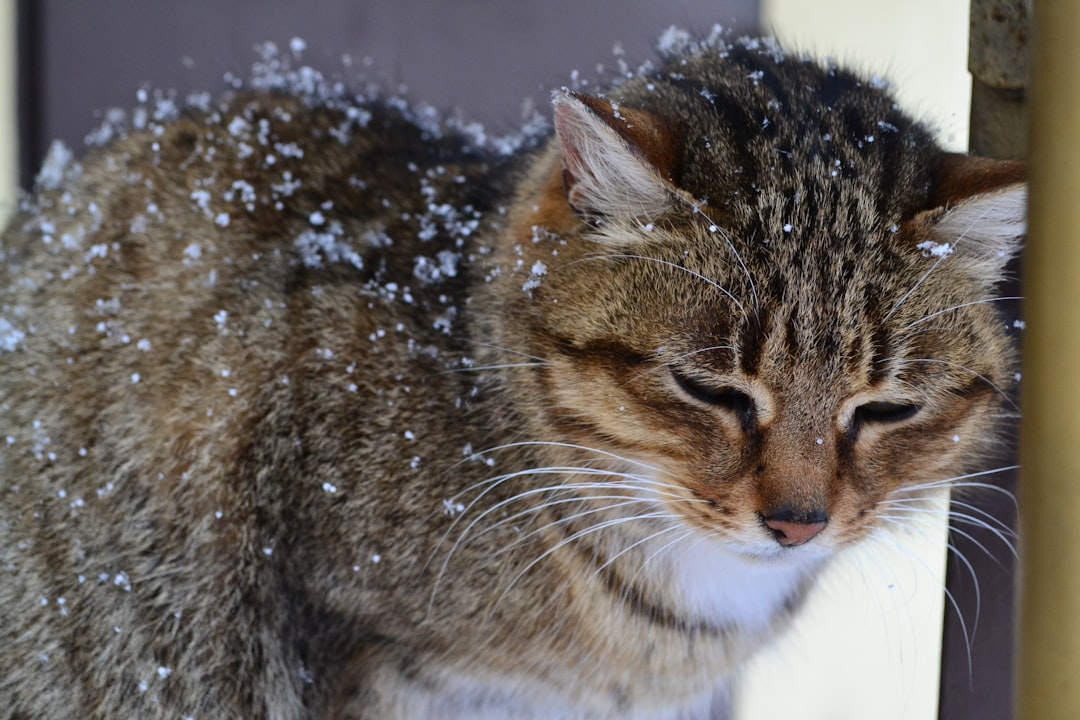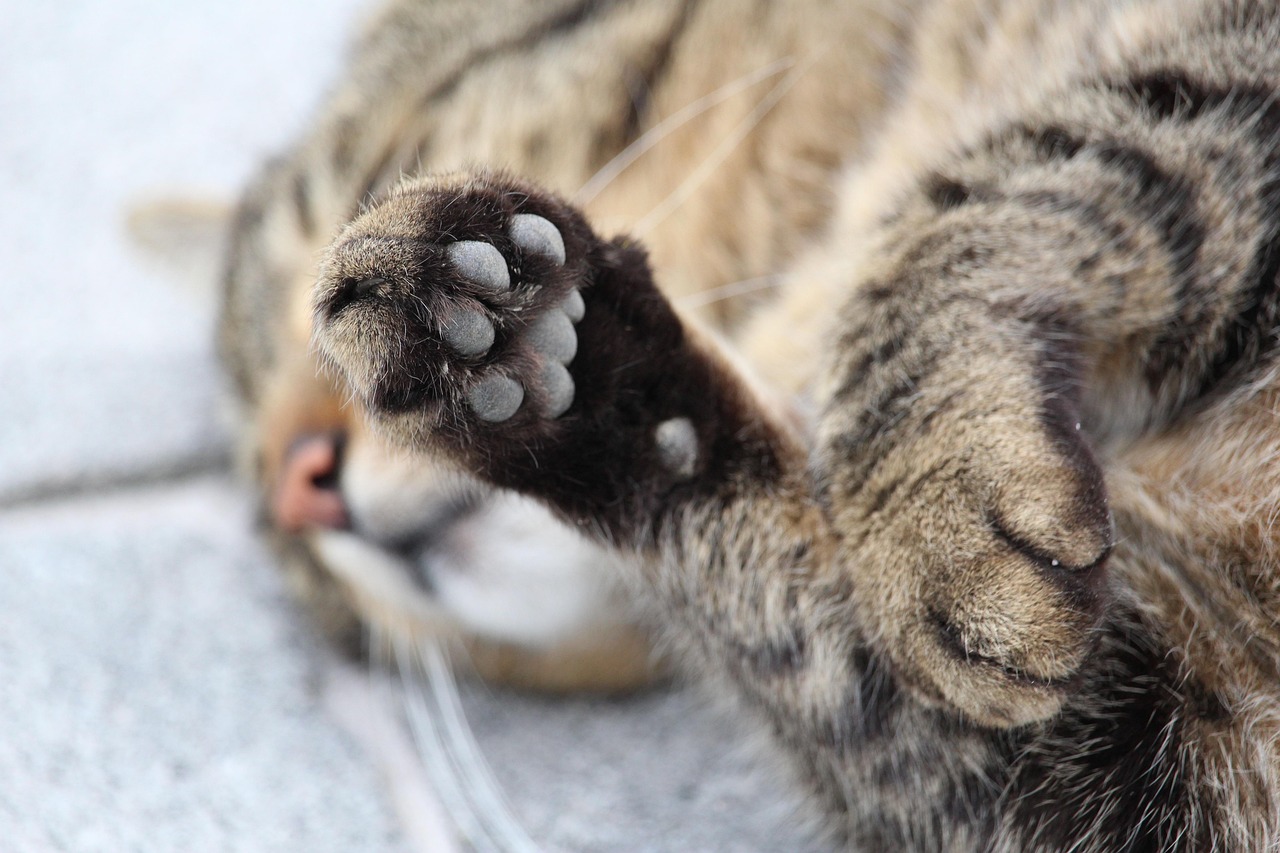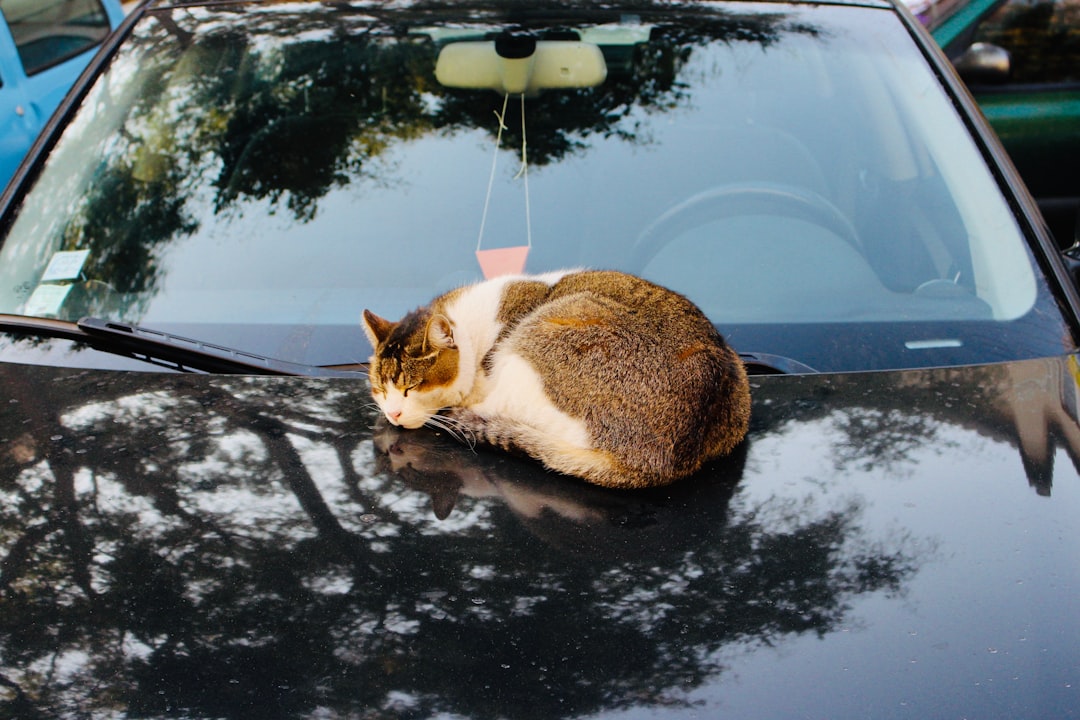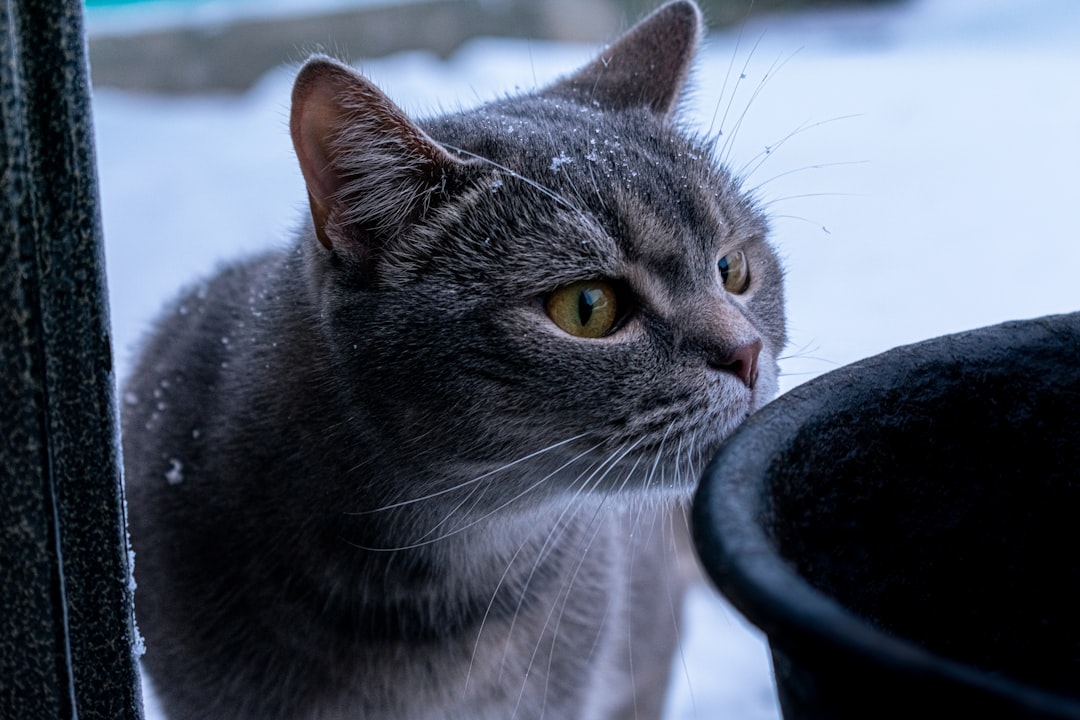Winter brings a magical transformation to our world, but it also introduces hidden dangers that threaten our feline companions. While cats possess remarkable survival instincts, they’re surprisingly vulnerable to cold weather conditions that many pet owners underestimate. The combination of plummeting temperatures, icy surfaces, and seasonal chemicals creates a perfect storm of risks that can turn a simple outdoor adventure into a life-threatening emergency.
From the innocent-looking puddle of antifreeze in your garage to the cozy warmth of a car engine, winter hazards lurk everywhere. Understanding these dangers isn’t just about being a responsible pet parent; it’s about recognizing that our indoor felines are especially unprepared for winter’s harsh realities. So let’s dive into the six most dangerous winter threats your cat might face.
Hypothermia and Extreme Cold Exposure

Conditions become dangerously cold at 0°C and below, posing a high risk of frostbite and hypothermia. The frightening reality is that cats can develop life-threatening hypothermia much faster than most people realize, especially when their body temperature drops below the normal range of 100.4 to 102.5 degrees Fahrenheit.
Even though an outdoor cat is tough and used to outside temperature fluctuations, when the temperatures fall to 45-degrees and below, it has become too cold for most cats. Anything below 32-degrees and the onset of hypothermia or frostbite becomes a genuine concern. What makes this particularly dangerous is that most susceptible are kittens younger than three months of age or so and geriatric cats, especially those with cancer, arthritis or other debilitating disorders.
The symptoms of hypothermia in cats include lethargy, weakness, and shallow breathing. The combination of wet fur and cold weather can be dangerous to dogs and cats and contribute to hypothermia. Once hypothermia sets in, cats become disoriented and may seek shelter in increasingly dangerous places, making rescue efforts more challenging.
Frostbite on Paws, Ears, and Tail

Frostbite represents one of winter’s cruelest tricks, silently damaging tissue while cats desperately search for warmth. Another threat caused by cold weather is frostbite, a condition in which an animal’s tissues – especially those on her paws, tail and the tips of her ears – are exposed to freezing conditions. When the temperature drops below freezing, the blood flow to the outer surfaces of a cat’s body diminishes – a natural response that ensures an adequate flow of blood to her vitally important internal organs.
The warning signs of frostbite are particularly alarming. For cats and dogs in winter, a telling sign of frostbite involves pale skin. Watch out for a bluish-white hue, which is a sign of restricted blood flow. Ice can also form on frostbite-affected areas, and the skin is often cold or brittle to the touch.
What makes frostbite especially treacherous is its progressive nature. The damage continues even after the cat finds warmth, and severe cases can lead to tissue death requiring amputation. If cat owners aren’t careful, frost bite can start to set in (and more quickly than you’d think).
Antifreeze Poisoning

Perhaps no winter hazard is as insidious as antifreeze poisoning, a silent killer that attracts cats with its deceptively sweet taste. The active ingredient in most brands of antifreeze is ethylene glycol, a sweet-smelling and sweet-tasting liquid that may attract a cat who lacks ready access to her water bowl. “A cat doesn’t have to drink very much of it,” stresses Dr. Rozanski, “to become seriously ill – just a teaspoon or two, which she can lap up in a few seconds and become very sick very quickly.”
Predictably, many cases of such poisoning occur during cold winter months when people – including cat owners – routinely top-off the supply of antifreeze in their car radiators. The timing couldn’t be worse, as antifreeze poisoning is more common in cats than in dogs because cats can roam freely and may enter sheds and garages. Cat owners might not always see their cats consuming antifreeze, so it’s essential to be vigilant.
The consequences are devastating and rapid. If the cat has consumed a very large amount of antifreeze, this process will yield calcium oxalate, a compound that eventually becomes deposited as crystals in the kidneys. And in most cases, these crystals will cause life-threatening renal failure in an untreated cat within 12 to 24 hours after antifreeze ingestion. Even tiny amounts spell disaster.
Car Engine Burns and Injuries

The warmth radiating from car engines creates an irresistible haven for cats seeking shelter from brutal winter conditions, yet this apparent refuge transforms into a death trap when engines start. When the weather gets chilly, outdoor cats (and other animals) will seek out warm resting places – they’ll often sneak under a car hood next to a still-warm engine. This can result in burns if the engine is too hot or much worse if the car is turned on.
Burns: The internal components of a car can also get incredibly hot very fast, leading to burns so severe they can kill. There have been reports of cats rescued from under the hoods of cars that have had their skin fused to the car components around them, which is a severe and devastating injury to suffer. The reality is far more horrific than most people imagine.
Beyond burns, the mechanical dangers are equally terrifying. Wounds and injuries: A cat can wiggle and shuffle their way between many parts of a car kept under the hood, some of which can move. Cats have been known to be startled by the start of an engine and fall onto drive belts or have parts of the car move when they’re lying on them and trap them inside. This can easily cause death via amputation or tearing injury, which is horrific to think of but is the reality for cats under car hoods.
Chemical Burns from Road Salt and De-icers

Winter maintenance chemicals that keep our roads safe create a toxic obstacle course for cats venturing outdoors. Automotive fluids, like antifreeze, as well as de-icers such as rock salt cause chemical burns on cats’ paws. It’s safest to keep your kitty indoors, especially during winter, to avoid contact with these chemicals that could lead to paw pad injuries. The irony is painful: substances designed to protect us become weapons against our pets.
These chemicals don’t just cause surface irritation; they penetrate deep into paw tissue, creating wounds that refuse to heal properly. While on walks or outdoors, pets can step in ice and chemicals which can be irritating to skin and dangerous if ingested. Be sure to wipe or wash and dry your pet’s paws (including between the toes), legs, and stomach after spending time outside.
The danger compounds when cats instinctively lick their paws clean, inadvertently poisoning themselves with the very chemicals that burned them. If your cat does venture outside during cold months, be sure to wipe their paws with a warm, wet washcloth to remove any possible irritants. Alternatively, you can purchase paw wipes at pet stores. Prevention becomes the only reliable defense against this hidden threat.
Increased Caloric Needs and Dehydration

Winter dramatically alters a cat’s nutritional requirements in ways that catch many owners off guard. Regarding a cat’s diet in colder temperatures, Dr. Rozanski adds: “If she’s going to be indoors all the time, she can eat the same kind and same amount of food she’s used to eating in warmer weather. But if she’s in the habit of going outside, she’ll be burning more calories in order to stay warm.” This increased energy demand can quickly lead to dangerous weight loss if not addressed.
Animals living in cold temperatures need to consume more calories to help their bodies generate enough body heat, so provide increased portions of food. Dry food won’t freeze, but wet food takes less energy to digest, so consider giving this kind in plastic rather than metal bowls to prevent freezing. The challenge multiplies when you consider that outdoor food sources become scarce during winter months.
Dehydration presents an equally serious but often overlooked danger. In very cold weather, any food and water you leave out for your cat can freeze before it’s eaten. Cats may resort to eating snow, which actually accelerates heat loss and dehydration rather than providing proper hydration. If your pet is spending time outdoors in cold weather, it’s critical to make sure they’re staying hydrated – and eating snow isn’t going to cut it. Monitor their water bowl and make sure to keep it filled and easily accessible.
Conclusion

Winter’s beauty masks a minefield of dangers that can turn your beloved cat’s outdoor adventure into a nightmare. From the silent threat of hypothermia to the brutal reality of chemical burns, these six hazards remind us that our feline friends need extra protection when temperatures drop. The key lies in vigilance: checking car hoods before starting engines, cleaning up antifreeze spills immediately, and recognizing that even the hardiest outdoor cats have their limits.
Remember, prevention is always better than treatment when it comes to winter cat safety. Keep those water bowls from freezing, increase food portions for outdoor cats, and don’t hesitate to bring your feline indoors when conditions become severe.
What steps will you take this winter to protect your cat from these hidden dangers? Share your winter safety tips in the comments below.





